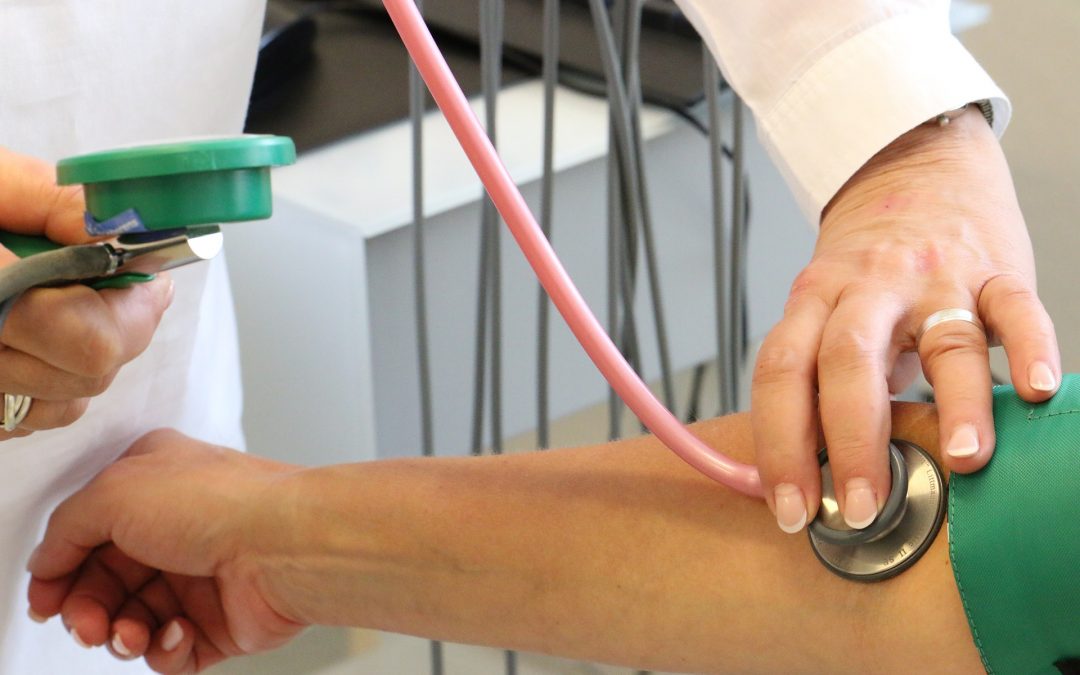Although sepsis is rare, it is a life-threatening condition and patients can deteriorate rapidly. GPs must be vigilant for signs and symptoms, and know what to do when they encounter it. When sepsis is suspected in a patient at high risk, they must be referred to hospital as a time-critical medical emergency.
Cases of sepsis are rising. According to The UK Sepsis Trust, recent estimates put the annual UK caseload at ~245,000 and, with a mortality of around 20%, deaths have reached nearly 50,000 each year.
Sepsis is difficult to spot – even for the most experienced clinicians – and it may have devastating outcomes despite all reasonable care. However, delays in recognition and treatment of sepsis can lead to avoidable deaths and clinical negligence claims. When best practice is implemented, NHS England estimates that 10,000 lives could be saved each year.
NICE guideline and tools for sepsis
GPs should be familiar with the NICE guideline [NG51], ‘Sepsis: recognition, diagnosis and early management’, together with NICE’s algorithms and risk stratification tools. These are organised by patient age group and location (‘in hospital’ or ‘out of hospital’).
NICE recommends:
- Think ‘could this be sepsis?’ if a person presents with signs or symptoms that indicate possible infection – the flowchart will help you decide.
- If sepsis is suspected, use the appropriate algorithm and tools to stratify the patient’s risk and see what care NICE recommends.
- Always refer back to the NICE guideline for recommendation details.
NICE recommendations can also be viewed in an interactive flow chart.
Assessing a person for sepsis
Assess a person with any suspected infection to identify the possible source of infection, risk factors for sepsis, and indications of clinical concern (such as abnormalities in behaviour, circulation or respiration). Pay heed to concerns raised by relatives or carers.
- For the appropriate physiological assessments and guidance on interpretation of findings, refer to NICE’s algorithms and risk stratification tools and the NICE guideline.
Be particularly alert for signs of sepsis during a remote consultation, and have a low threshold for offering a face-to-face assessment.
The Royal College of General Practitioners’ (RCGP) Top Tips advises GPs to consider using the templates in GP clinical systems to record findings. Not only is this useful for ongoing care of patients with sepsis, but also for documenting when signs of sepsis were absent.
When to escalate care
Refer any person presenting to primary care with suspected sepsis “for emergency medical care by the most appropriate means of transport (usually 999 ambulance) if:
- they meet any high risk criteria, or
- they are aged under 17 years, and their immunity is impaired by drug or illness and they have any moderate to high risk criteria.”
Assess people with suspected sepsis with moderate to high risk criteria; if a definitive diagnosis cannot be reached or they cannot be treated safely outside of hospital, refer them urgently for emergency care.
Handover to ambulance services
Given the urgency of sepsis treatment, clear communication with the ambulance service is crucial.
Convey concern using the words “SUSPECTED SEPSIS” and share the findings of your physiological assessment and any scoring system (such as NEWS2). The Care Quality Commission (CQC) says: “Early indications are that mortality from sepsis falls at sites using scoring systems routinely at patient handover”.
While awaiting transfer to hospital, be aware that septic shock has a mortality of 7.6% for every hour that antibiotic therapy is delayed. Where transfer time to hospital is >1 hour, NICE recommends that GP practices have mechanisms in place to start antibiotic treatment.
Safety netting
Provide adequate safety netting advice for patients assessed for sepsis who are discharged home, even if they do not have a diagnosis of sepsis.
This means providing verbal and written information about sepsis, the tests and investigations that were done, which symptoms to monitor, and when and how to get medical attention if their illness continues or they need help urgently.
Additional resources
- RCGP’s Sepsis toolkit is designed for GPs and other healthcare professionals assessing people in the community. It includes resources for training and education, creation of sepsis aware communities and practices, as well as patient support.
- The Sepsis Trust offers a wealth of information for clinicians as well as decision support tools for GPs, based upon the NICE Sepsis Guidance:
- GP Paediatric Sepsis Decision Support Tool (Under 5)
- GP Paediatric Sepsis Decision Support Tool (Aged 5-11)
- GP toolkit for Adults and young people aged 12 and over.
- In GP mythbuster 88: Sepsis, CQC provides guidance on good practice in management of sepsis and what is expected upon inspection.
If you need advice or support as a result of a sepsis-related incident or claim, please speak to a member of our expert team today: contact us at Medical Defense Society.


Recent Comments